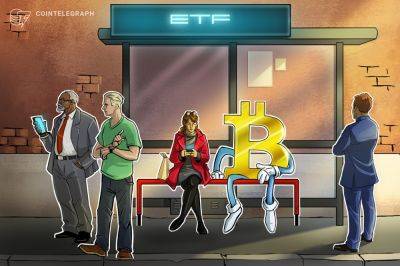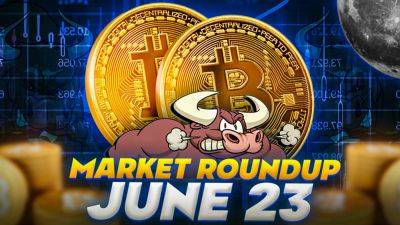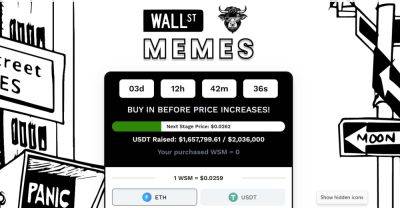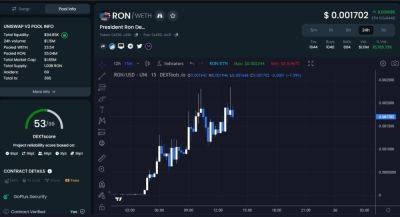Memecoins: From memes to multibillion-dollar pumps, scams and rug pulls
Memecoins, or meme cryptocurrencies, started as a cultural phenomenon with the launch of Dogecoin (DOGE) in 2013, inspired by an internet meme and a critique of the wild crypto market at the time.
Dogecoin was developed by software developers Billy Markus and Jackson Palmer as a joke to mock what many saw as an irrational investment hype surrounding cryptocurrencies.
Memecoins started as a form of social token. They were often created and promoted by online communities or individuals with a shared interest or sense of humor. The social element of memecoins played a significant role in their success and adoption. Other reasons for their popularity could be the sizeable total supply and low token prices.
A decade later, memecoins are a multibillion-dollar ecosystem, popular as a high-risk, speculative investment.
From DOGE to Pepecoin (PEPE), memecoins have come full circle. From their initial inspiration as parodies of cryptocurrencies to now being the same parody they were mocking, attracting irrational speculative investment to drive up prices.
Pepecoin’s popularity helped it explode to a market cap of over $1 billion, but within days its market value shrunk by more than 40% to below $600 million.
Ironically, the concept of memecoins has become a meme itself. While there are always stories about how a random trader turned a few hundred dollars investment into millions; for that one lucky trader, many others lose their life savings.
The 2021 bull market transformed memecoins from parodies to legitimate investment options. Before 2021, memecoins were primarily social media based, with strong internet communities driving their popularity. This changed when the unofficial DOGE ambassador emerged — Elon Musk.
Musk became an
Read more on cointelegraph.com




















